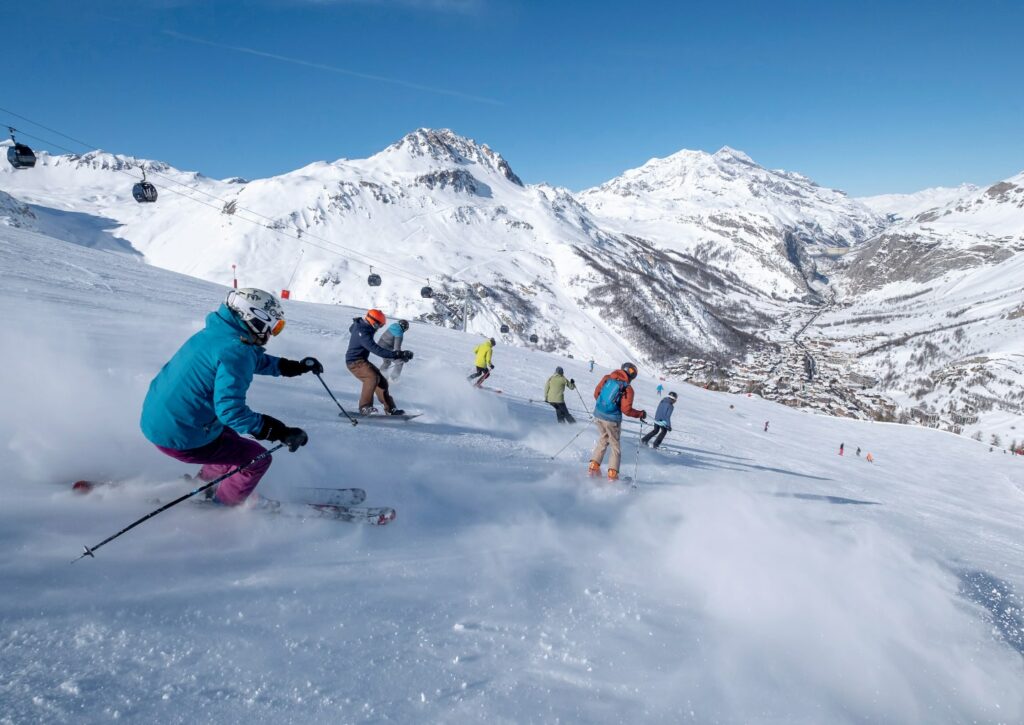If the figures are anything to go by, winter 2025 was fairly stable on the summits of the Auvergne-Rhône-Alpes region. Despite a winter holiday season marked by uncertainty - capricious weather, tight bookings and a less favourable calendar - the mountains managed to stay on course. And as is often the case, foreign visitors were the driving force, offsetting a slight dip in French visitors.
This is the first lesson to be learnt from the Orange Flux Vision data, reported by Auvergne-Rhône-Alpes Tourism Foreign visitor numbers were up by 10.2 % on the previous winter. Clearly, our friends from across the Channel and the Rhine were there, as were our Belgian neighbours, with +21.6 % for the UK, +12.8 % for Germany and +8.6 % for Belgium respectively. Special mention must go to the Americans, whose overnight stays jumped by +27.5 %.
At the same time, the French were more subdued, with an overall fall of 6.9 % over the period as a whole. This decline can be explained by a jagged pattern: an increase in the first two weeks, a fall-off in the third, and a sharp drop at the beginning of March. This phenomenon is undoubtedly amplified by the economic context, the weather and the misaligned "end of school holidays" effect this year.
Northern Alps: a safe bet
In this variable geometry landscape, the stations of the Northern Alps continue to be the mainstay. The average occupancy rate for market accommodation is 86.1 % between 8 February and 7 March 2025, according to data from G2A Consulting. This is almost a carbon copy of 2024, with only 0.4 points less, despite a less favourable calendar. The result: an overall satisfaction rate of 77 % among the professionals surveyed.
READ MORE: Why is skiing in March and April a great idea?
This performance is all the more remarkable given that last-minute bookings are now blurring the lines for industry observers. The "I'll book at the last minute if the weather cooperates" reflex is gaining ground, complicating forecasting but maintaining business.
Massif Central and Jura: resort blues
While the mood remains buoyant on the Alpine peaks, the Massif Central and Jura regions are struggling to keep up the pace. In these smaller mountain ranges, which are more dependent on unpredictable snow conditions, the season has been more subdued. According to feedback from professionals, the satisfaction rate reached a ceiling of 56 % in the Massif Central and 51 % in the Jura. The reason for this? Often unstable weather conditions, less abundant snow and a calendar that didn't work in their favour.
Fortunately, the shifting of the school holidays in some European countries towards the end of March and the beginning of April seems to offer a salutary boost. The week of 5 April saw occupancy up 26.7 points on last year. This should extend the season and give some breathing space to high-altitude accommodation operators.

